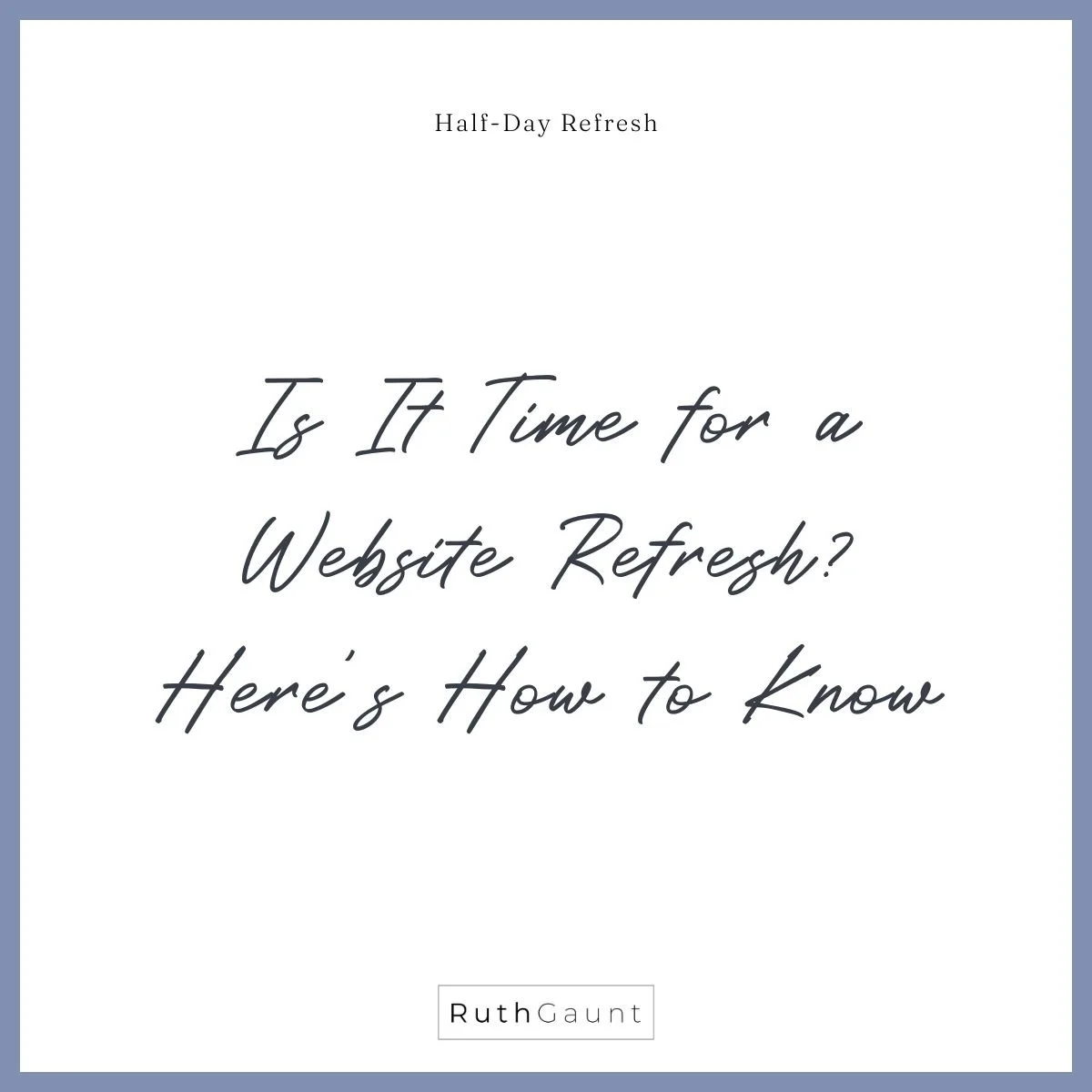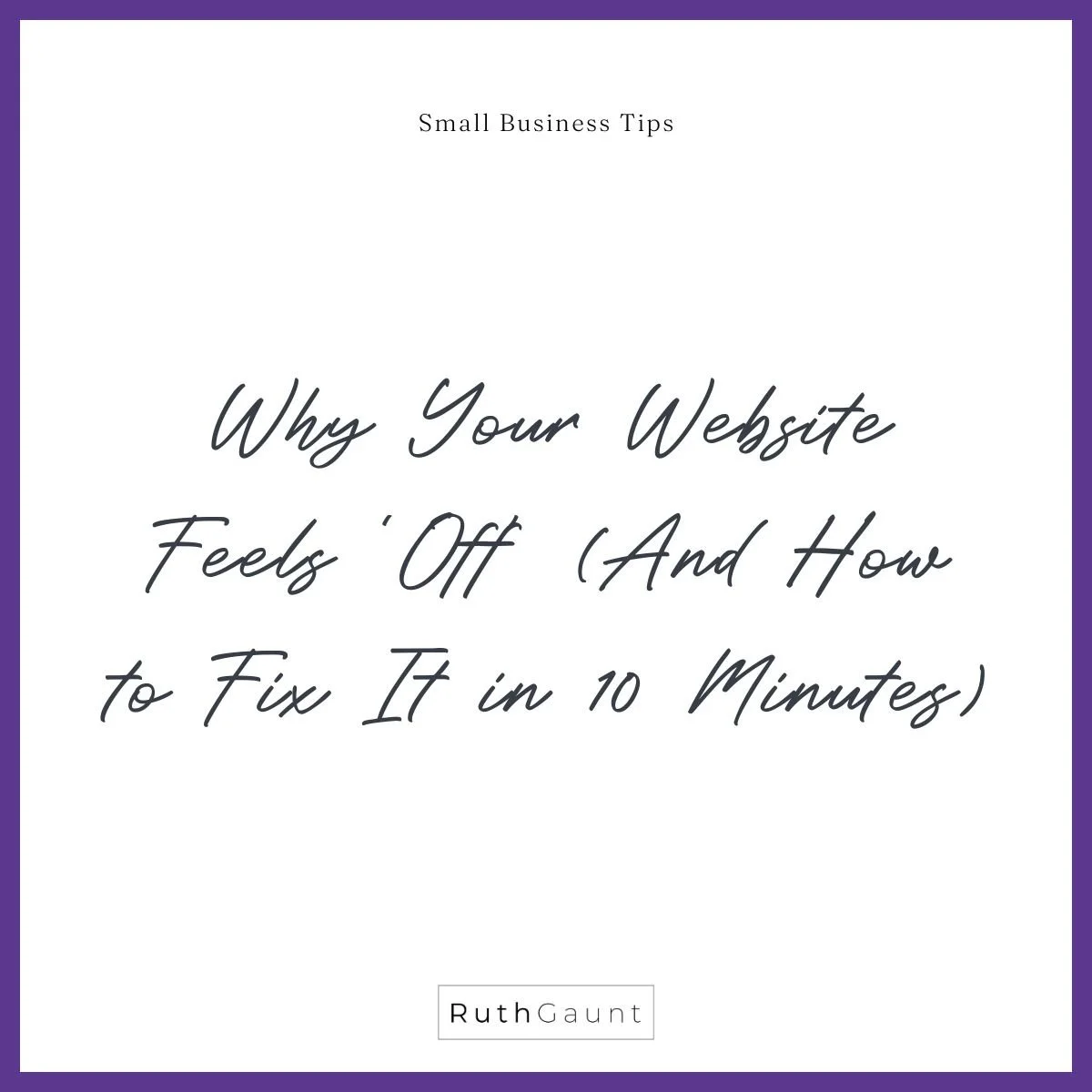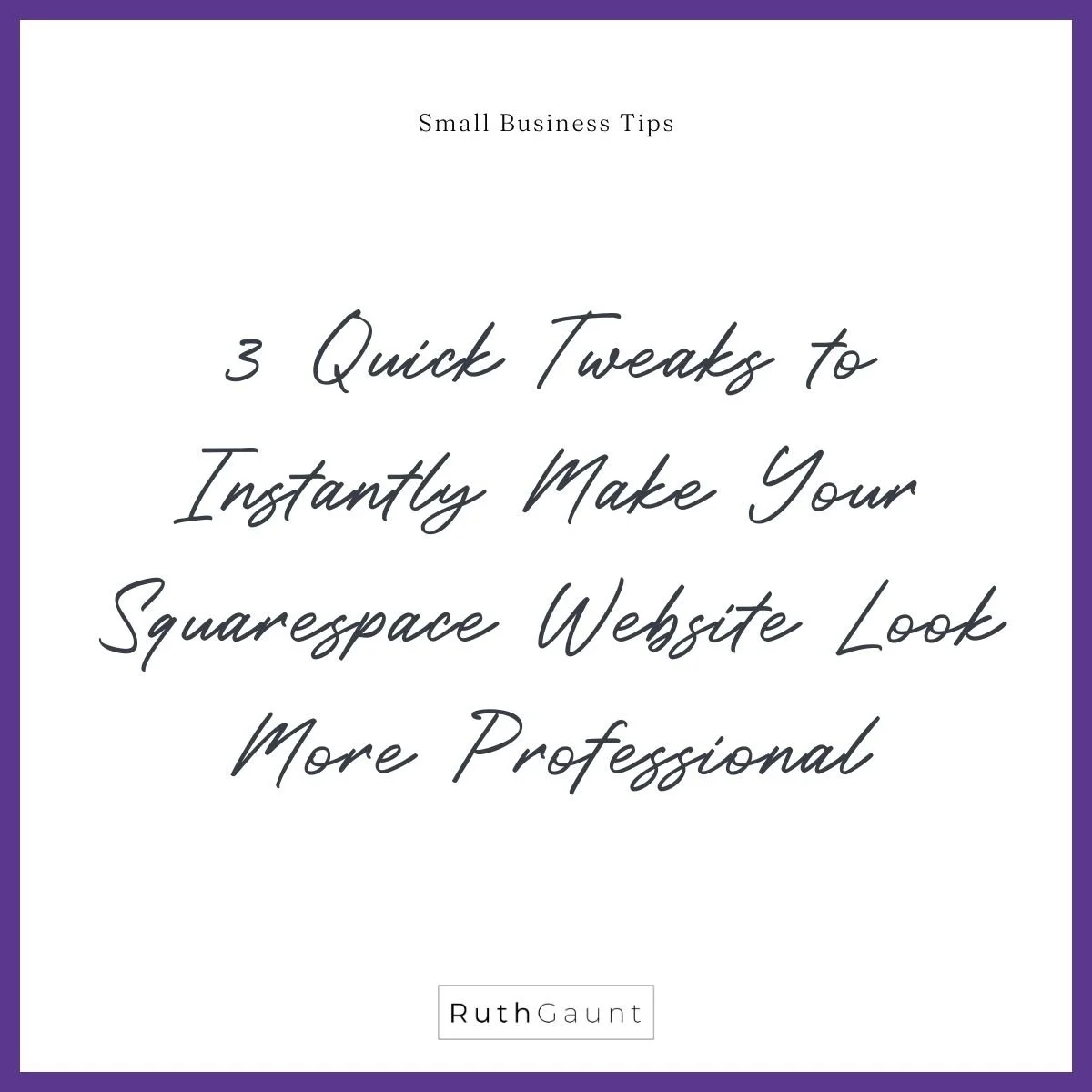Refresh Your Small Business Website: 10 Signs It's Time for an Update
In today's world where everything is digital, your small business's website is usually the first thing potential customers see. It's super important to keep it looking fresh, easy to use, and in line with your brand. But figuring out when it's time to give your website a makeover can be tough. Here are some signs that it might be time for a refresh.
1. Outdated design
Design styles change quickly. A website that seemed modern five years ago could now appear outdated. If your site looks behind the times compared to your rivals, it's probably due for a refresh. Contemporary web design emphasises simplicity, plenty of white space, and user-friendly navigation.
2. Poor User Experience
Having a great user experience (UX) is super important. If people have a hard time using your website or finding what they need, they'll probably bounce and not come back. Some common UX problems are slow loading, broken links, and not being mobile-friendly. When you update your website, make sure to focus on making it easy and intuitive for users no matter what device they're using.
3. Branding Changes
Your branding should evolve as your business grows. After a rebranding, make sure your website reflects the new identity. Consistent branding on all platforms is key to building trust and recognition with your audience.
4. Low Conversion Rates
If your website is getting consistent traffic but not many conversions, it means that your site isn't doing a good job of keeping visitors interested or leading them to take action. A redesign could fix problems like unclear calls-to-action, messy layouts, or uninteresting content.
5. Technical Issues
Having a website full of technical issues like slow loading, constant downtimes, or security risks can drive customers away and harm your credibility. Updating your website can fix these problems and guarantee it operates smoothly and securely.
6. Search Engine Optimization (SEO) Needs
SEO techniques evolve constantly. If your site isn't keeping up with the latest trends and algorithms, it might have a hard time ranking high in search results. Updating your site can bring in new strategies, like mobile optimisation, faster loading times, and fresh content ideas.
7. Competitor Advantage
If your rivals have just updated their websites, your own site could appear less impressive. To stay ahead, make sure your site is up to par with industry norms or even surpasses them.
8. Business Growth
As your business expands, your website must also grow. Whether you're introducing new products, services, or features, a redesign can ensure that these additions are properly highlighted and integrated.
9. Feedback from Users
It's super important to listen to your users. If you keep hearing that they're having trouble with your site or finding what they need, maybe it's time to think about making some changes. User feedback is key to creating a website that really works for them.
10. Analytics Data
Make sure to check your website analytics frequently. If you notice high bounce rates, short session durations, and low engagement rates, it means visitors might not be getting what they need. Updating the design could help solve these problems and boost user engagement.
Updating your website goes beyond following the latest trends; it's about making sure your online presence effectively aligns with your business objectives. A timely website update can result in better user experiences, increased engagement, improved SEO, and ultimately, higher conversions and sales. Regularly assess your website using these standards to decide when it's due for an update. This will help you stay competitive and maintain a strong digital strategy.
Do you want to give your website a refresh in just 4 hours? Click the button below to find out more!
If you liked this post you may also like:




























